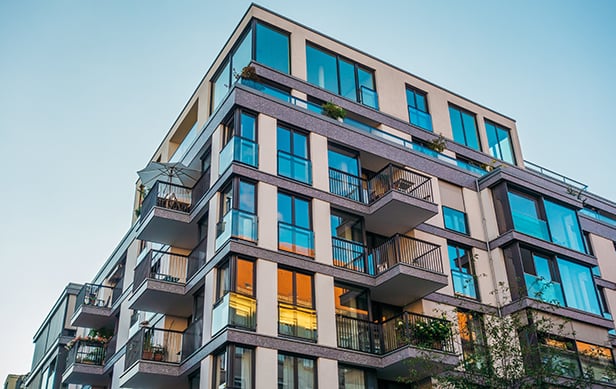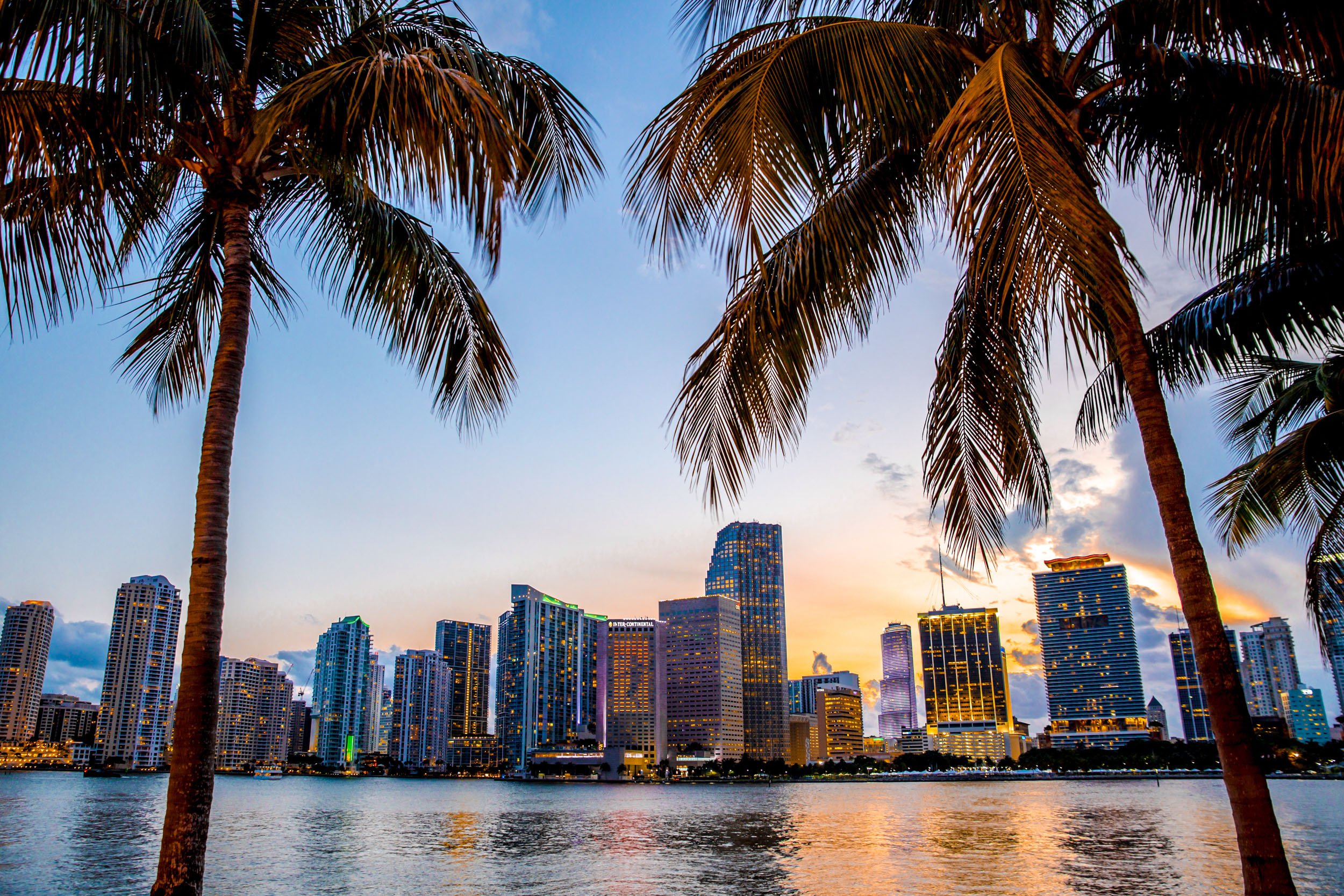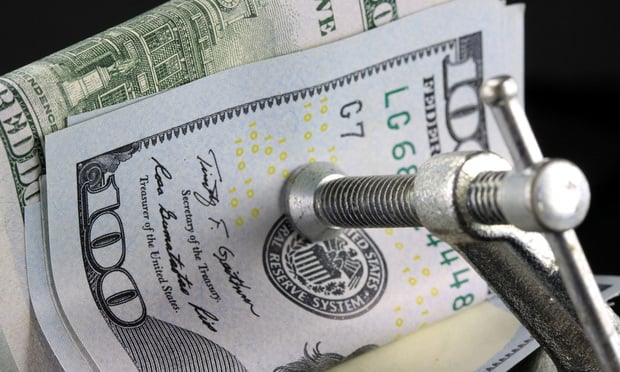GlobeSt.com: What's the genealogy of the survey?
Kosmont: It began 12 years ago as a request from a number of our clients to figure out how competitive various cities were, what the relative costs of doing business were and which were business-friendly. It started out as a small idea and just grew. This year, we've added 36 cities.
GlobeSt.com: Why so many?
Kosmont: We wanted to fill out the California market because the state has so many large cities, and we're always looking for communities that are growing and becoming commercial centers, so we tend to add those pretty consistently from year to year.
GlobeSt.com: Is that in itself an indication of a shift in the real estate market?
Kosmont: In a way it is. The real estate market is always looking for new growth opportunities, and our survey seems to mirror that. At some level, companies are always looking for the next marketplace and for cost-efficient marketplaces. For many of our survey users, these new markets are markets they may want to explore. But we also find that other survey users are interested in relative valuations from city to city.
GlobeSt.com: In terms of the results . . . Philadelphia? Really?
Kosmont: Philadelphia manages to hit the high mark in just about every category. It has very high income and property-tax rates, and those two categories alone push it to the number-one spot.
GlobeSt.com: Is it a function of desirability or bad management?
Kosmont: I characterize it as a city that has not gotten control of its purse strings. Unfortunately, many cities choose to charge businesses, because they're an easier tax target than the homeowner. You and I know that if you want to raise that trash pickup fee, your city council meeting will be overwhelmed by hundreds if not thousands of people. Businesses are quieter in that regard; they vote with their wallet or pocketbook, and so, Philadelphia has let those business taxes creep up. Voila, they find themselves as the most expensive city. It's discouraging because other large cities are much more competitive, and the communities around Philadelphia are poaching business. That city has dug a deep hole, and I question how they're going to get out of it.
GlobeSt.com: I would have expected New York or L.A. to lead the list.
Kosmont: The top-tier cities are in there. New York, San Francisco, Los Angeles. They're all in the top 16 or 17. But placement is not only a function of cost, but also a function of amenity or location or value. Places like L.A. and New York are expensive, but they also have a value equation related to such matters as location, size and access. Those cities offer amenities that people are willing to pay for. The survey catalogues economic-incentive programs; with the bitter there is also some sweetness, and many cities compensate for cost by creating specialized or incentive zones or they'll target certain industries and jobs.
GlobeSt.com: Philadelphia certainly qualifies in that way, no?
Kosmont: Definitely, but the income tax in Philadelphia is almost 10%, the property tax rate is almost twice many other large cities, and you don't want to be in that position if you can help it. And you don't get there without some kind of systematic march. Philly needs something better than just selective incentives.
© Touchpoint Markets, All Rights Reserved. Request academic re-use from www.copyright.com. All other uses, submit a request to [email protected]. For more inforrmation visit Asset & Logo Licensing.







